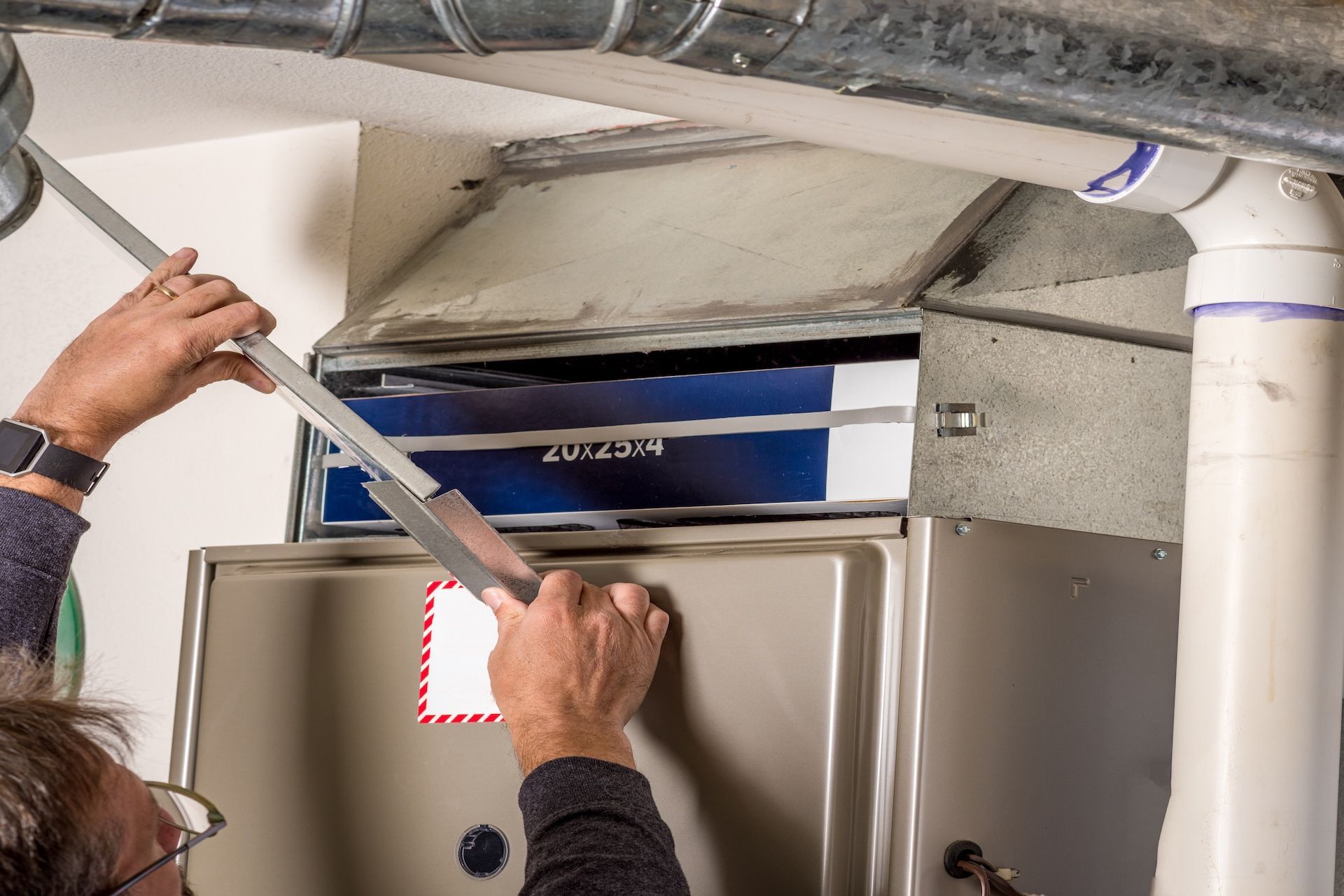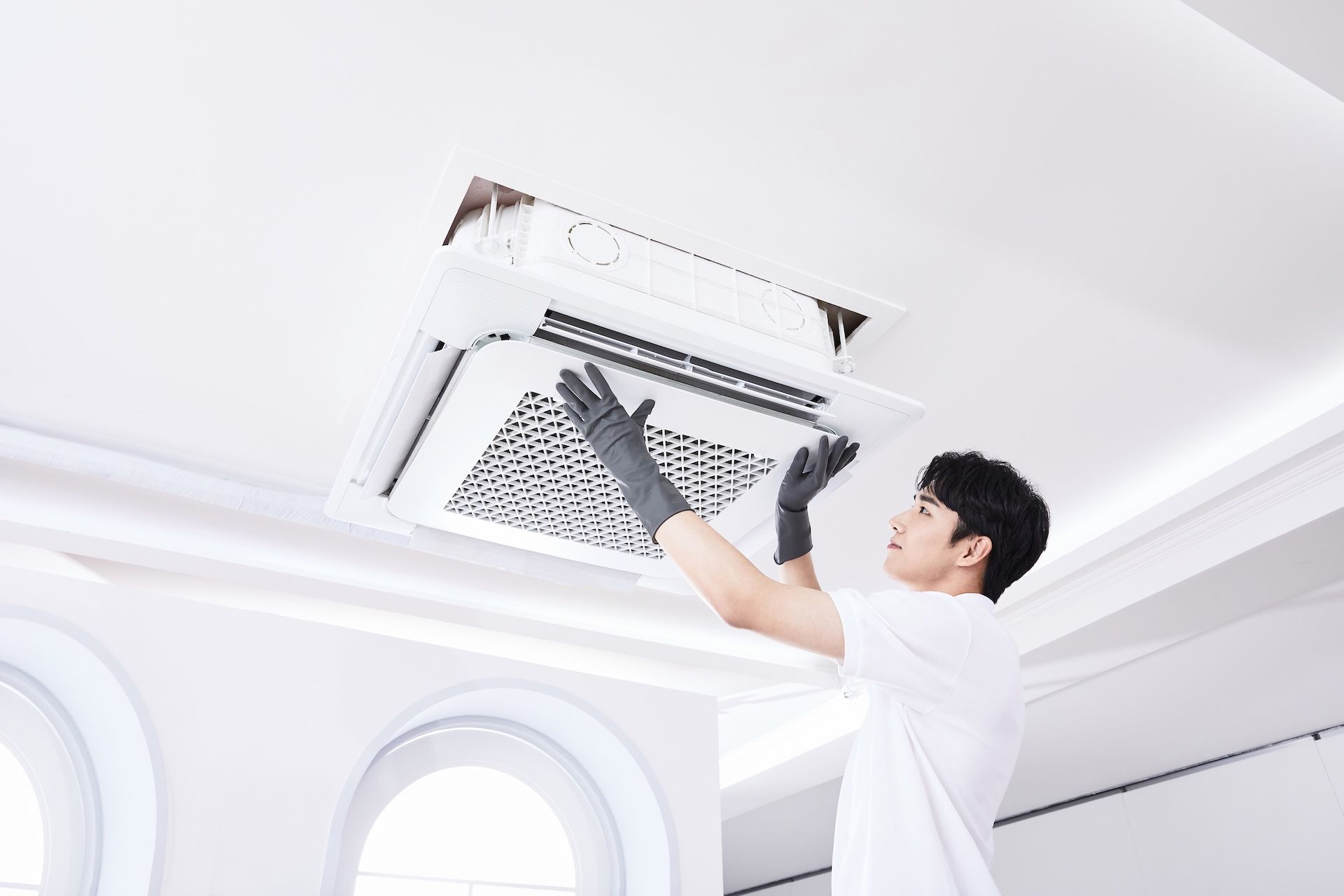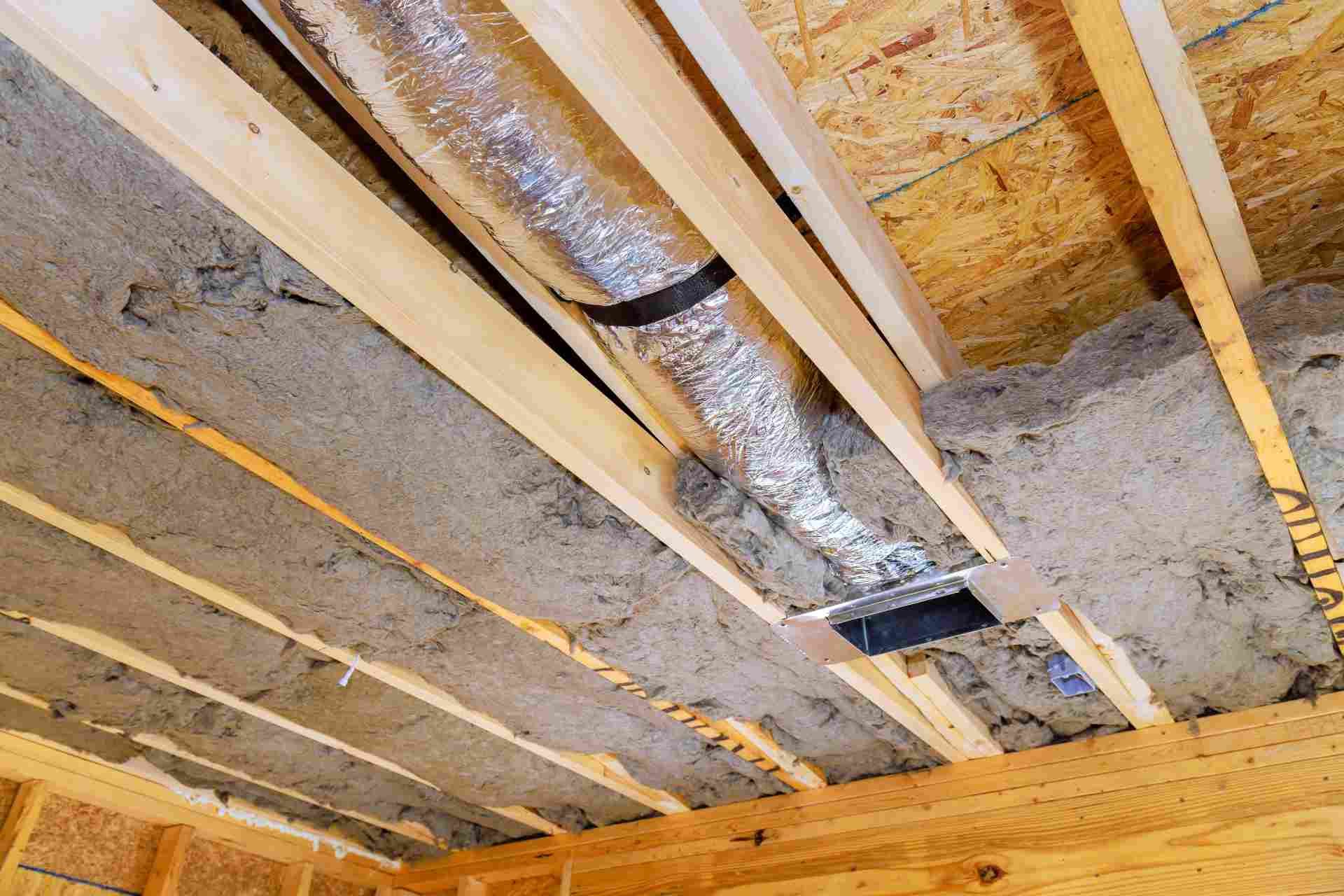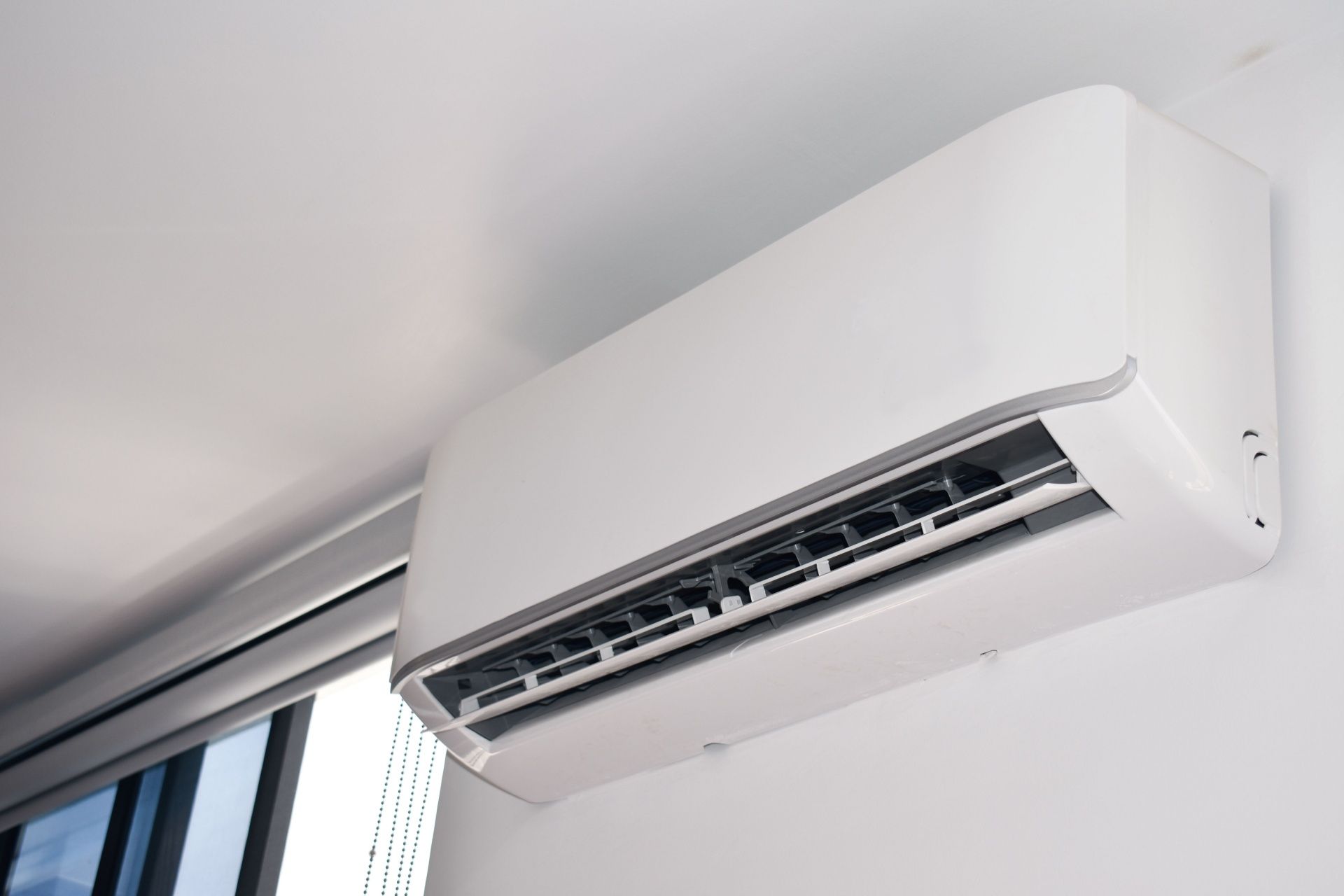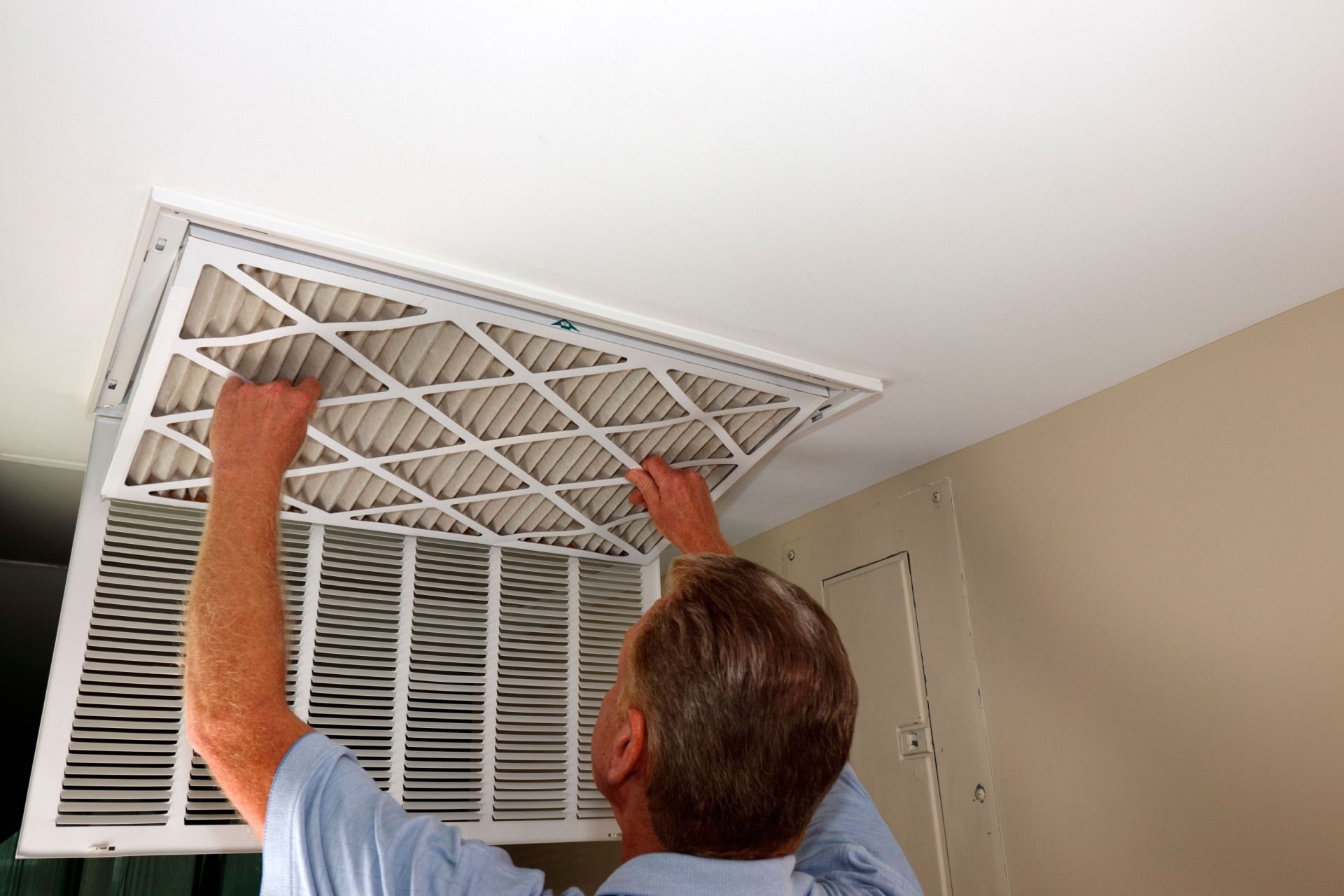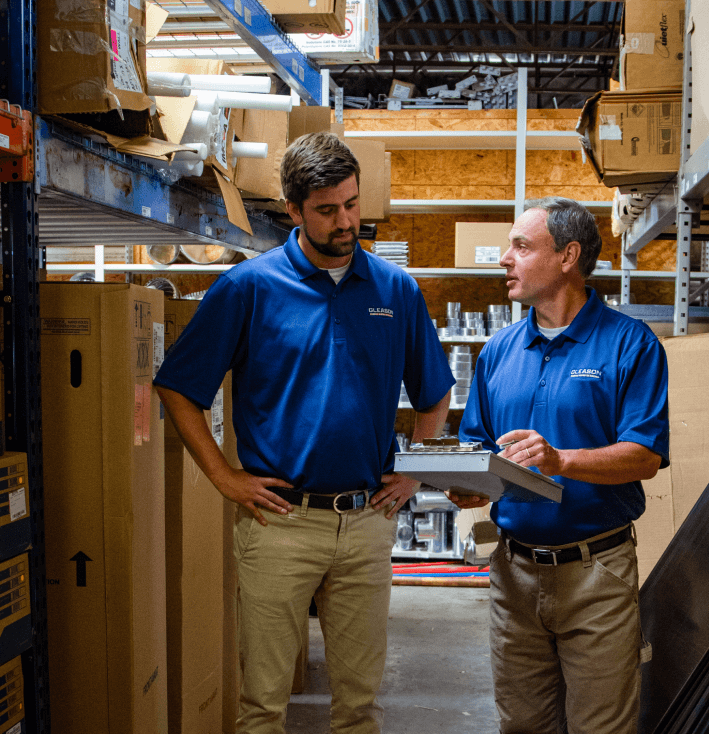Articles
HVAC Contractor Tips and Articles For Your Home
Single Stage vs Two Stage Furnace: Key Differences
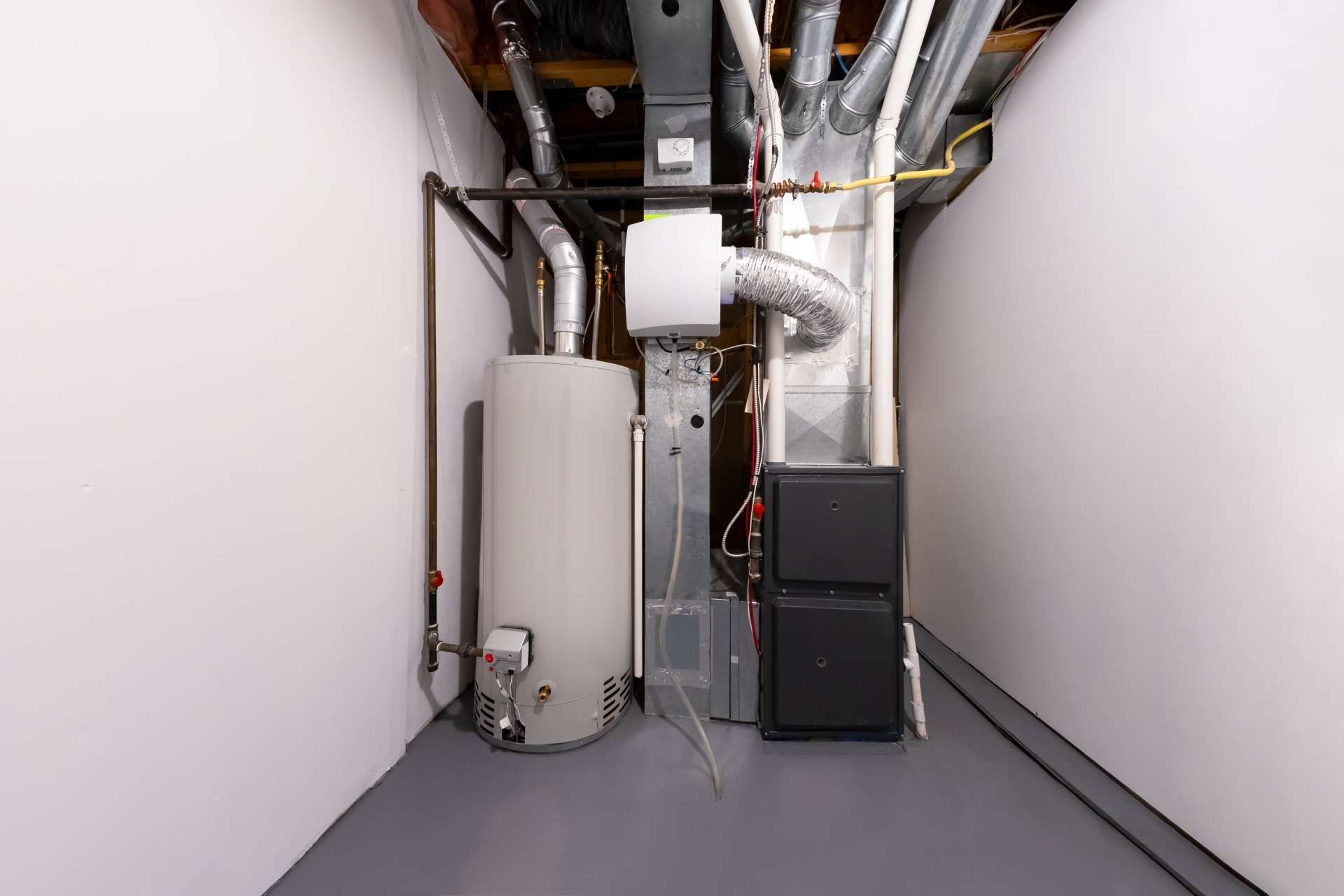
When it comes to keeping your home warm and comfortable during the cold months, choosing the right furnace makes all the difference. Many homeowners often hear the terms single stage furnace and two stage furnace but aren’t sure what sets them apart. Understanding the differences can help you make a smart decision about comfort, energy savings, and long-term value.
In this article, we’ll break down what each type of furnace is, how they work, their pros and cons, and which one might be best for your home.
What Is a Single Stage Furnace?
A single stage furnace is the most common and basic type of furnace found in many American homes. It has only one setting—full power. When your thermostat signals for heat, the furnace turns on at 100% capacity until the temperature reaches the set level. Once it does, the furnace shuts off completely.
Think of it like a light switch: it’s either on or off, with nothing in between.
How It Works:
- The thermostat senses that the temperature has dropped below the set point.
- The furnace turns on and runs at full power.
- Once your home reaches the desired temperature, the furnace shuts off.
- The cycle repeats as the temperature drops again.
Pros of a Single Stage Furnace:
- Lower upfront cost: These furnaces are usually the least expensive to buy and install.
- Simple design: Fewer parts mean easier maintenance and fewer repairs.
- Reliable operation: Proven technology that has been around for decades.
Cons of a Single Stage Furnace:
- Less energy-efficient: Since it always runs at full power, it uses more energy than necessary.
- Uneven temperatures: Some rooms may feel warmer or cooler because of the stop-and-go heating.
- Shorter lifespan: Frequent cycling can lead to more wear and tear over time.
What Is a Two Stage Furnace?
A two stage furnace offers a more advanced and efficient way to heat your home. It has two levels of heat output:
- Low stage: Around 60–70% of the furnace’s capacity.
- High stage: Full power for very cold days.
Most of the time, the furnace runs on the low stage to keep a steady temperature. When the weather gets colder, it automatically switches to the high stage for extra warmth.
Think of it like driving a car—you don’t always go full speed; sometimes you cruise smoothly at a lower speed for comfort and efficiency.
How It Works:
- The furnace starts on low power to gently heat your home.
- If the thermostat senses it needs more heat, it shifts to high power.
- Once the desired temperature is reached, it cycles down to low again or shuts off.
Pros of a Two Stage Furnace:
- More consistent comfort: Maintains even temperatures throughout your home.
- Energy-efficient: Uses less fuel because it often runs on the lower stage.
- Quieter operation: The lower stage is softer and less noisy.
- Better air quality: Runs longer cycles on low power, which allows more air to pass through the filter.
- Longer lifespan: Fewer full-power cycles mean less stress on components.
Cons of a Two Stage Furnace:
- Higher upfront cost: Costs more to buy and install than a single stage furnace.
- Slightly more complex: May require a compatible thermostat and more professional servicing.
Single Stage vs Two Stage Furnace: Key Differences
| Feature | Single Stage Furnace | Last Name |
|---|---|---|
| Heating Power | One level (full power only) | Two levels (low and high) |
| Comfort Level | Can create hot and cold spots | More even and steady heat |
| Energy Efficiency | Less efficient | More efficient, saves energy |
| Noise Level | Louder due to full-power cycling | Quieter at low stage |
| Cost | Lower initial cost | Higher upfront cost, long-term savings |
| Air Quality | Shorter run time = less air filtering | Longer run time = better air circulation |
| Maintenance | Easier, fewer parts | May require more professional care |
Which Furnace Is Right for You?
Choosing between a single stage furnace and a two stage furnace depends on your home, climate, and budget.
Choose a Single Stage Furnace If:
- You’re on a tight budget and want a reliable, low-cost option.
- You live in a mild climate where the furnace doesn’t need to run often.
- You plan to sell your home soon and don’t want a large investment in HVAC upgrades.
Choose a Two Stage Furnace If:
- You live in a colder area and use your
heating system frequently.
- You want a more comfortable, consistent indoor temperature.
- You’re focused on energy efficiency and long-term savings.
- You prefer a quieter furnace that improves air circulation and filtration.
While a two stage furnace costs more upfront, many homeowners find that the energy savings, comfort, and durability make it a worthwhile investment in the long run.
Energy Efficiency and Cost Savings
Two stage furnaces are designed to use energy more wisely. Because they spend most of their time running on the lower stage, they burn less fuel and maintain a steady temperature instead of constantly turning on and off.
Over time, this can lead to lower energy bills, especially in areas with long, cold winters.
On the other hand, single stage furnaces often lead to short bursts of high energy use. This can cause more wear on the furnace and lead to higher utility costs.
If you’re replacing an older furnace, upgrading to a two stage model can improve your home’s Annual Fuel Utilization Efficiency (AFUE) rating, which measures how effectively your furnace converts fuel into heat.
Comfort and Air Quality
A two stage furnace not only saves energy—it also improves comfort. Because it runs longer at lower speeds, it distributes warm air more evenly. This helps avoid sudden temperature swings that are common with single stage systems.
In addition, the longer cycles allow your furnace filter to clean more air, improving indoor air quality and helping to reduce dust and allergens.
If you have family members with allergies or respiratory issues, this can be a significant benefit.
Longevity and Maintenance
Furnaces are a big investment, so it’s important to think about durability and upkeep. A single stage furnace is simpler and easier to maintain because it has fewer parts. However, because it operates at full capacity every time, its components can wear out faster.
A two stage furnace, while more complex, usually experiences less stress on its parts. The reduced number of full-power cycles often leads to a longer lifespan.
No matter which type you choose, scheduling regular maintenance is essential for performance and safety.
Environmental Impact
If you care about reducing your carbon footprint, the two stage furnace is the greener choice. Its ability to adjust heating output means it burns less fuel and produces fewer emissions over time.
By choosing a more efficient system, you’re not just saving money—you’re also helping the environment.
Final Thoughts
Both single stage and two stage furnaces can keep your home warm—but they do so in different ways. If you want a simple, budget-friendly option, a single stage furnace can get the job done. But if you’re looking for greater comfort, quieter performance, and energy savings, a two stage furnace is the clear winner.
Stay warm and save energy this winter. Contact Gleason HVAC today to learn more about upgrading your furnace system!
FAQs About Single Stage and Two Stage Furnaces
Is a two stage furnace worth the extra cost?
Yes. While the upfront price is higher, a two stage furnace provides better comfort, improved efficiency, and lower energy bills over time ,making it a smart investment for most homeowners.
Will a two stage furnace work with my current thermostat?
You may need a two stage-compatible thermostat to take full advantage of its features. Your HVAC professional can help you choose the right model.
Can a single stage furnace still be efficient?
Yes, modern single stage furnaces can still achieve good efficiency ratings. However, they can’t match the comfort and energy savings of a two stage system.
How long do furnaces usually last?
With regular maintenance, most furnaces last 15 to 20 years. A two stage furnace may last longer because it doesn’t run at full power as often.
What’s the best furnace for a large home?
A two stage furnace is usually better for larger homes because it provides more even heating and avoids temperature differences between rooms.
Disclaimer: The information on this website and blog is for general informational purposes only and is not professional advice. We make no guarantees of accuracy or completeness. We disclaim all liability for errors, omissions, or reliance on this content. Always consult a qualified professional for specific guidance.

